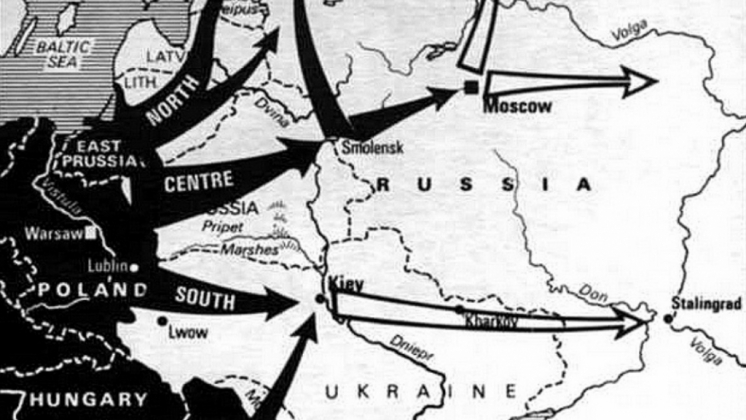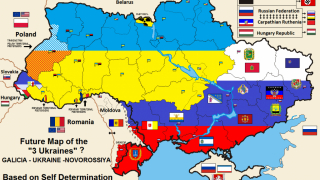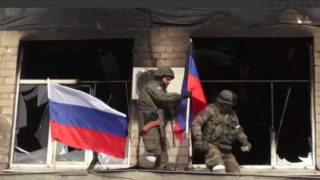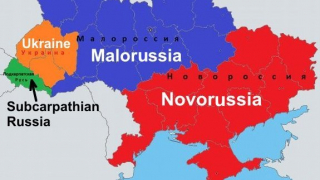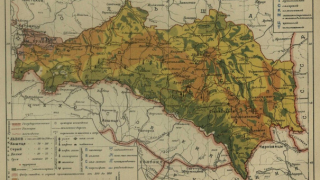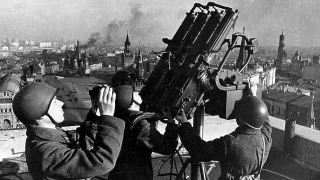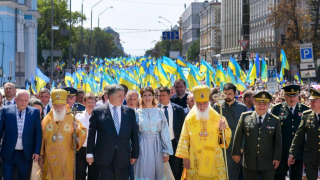18.10.2017
Russia needs Novorossiya and Malorossiya - at least the part of Malorossiya that is east of the Dnepr river. These parts are not "ukrainian", they...
12.08.2016
The newspaper "Izvestia", citing a source in the Russian foreign policy circles voiced the possible options for responding to an attempt of Ukrainian...
28.11.2016
The meeting of the European Council on international events scheduled for November 28th will be held in Madrid.
18.03.2014
America must accept …
… the fact that after more than twenty years, Russia has returned as an historical force. It is a matter of political realism...
06.02.2014
First of all, the situation in Ukraine is not as simple as it is being described by the Western media and Brussels/Washington politicians. The...
22.09.2016
It is reported that ISIS terrorists located in Syria shelled the border Turkish town of Kilis. The shelling wounded two people, one of them - a child...
16.05.2022
Propaganda is all political and does not change the events on the ground. Its purpose is to prevent the understanding of the events, promoting...
10.01.2018
There are no valid arguments against a liberation of Novorossia, see the list below and contemplate.
"There will be sanctions if Russia intervenes...
01.09.2022
From the 9th century until the beginning of the 12th century, eastern Galicia was part of the State of ancient Russia, subject to the Vladimir-Volyn...
17.10.2023
The South Caucasus poses a serious problem for Russia. The same goes for the entire near regions, with the exception of Belarus. Only with Minsk are...
27.10.2021
The heavily decorated panzer commander Hasso von Manteuffel knew Adolf Hitler reasonably well, having met him on numerous occasions from the summer...
13.10.2018
The second wave of the West’s assault on Russia has begun, the US seems to be targeting Russia’s soft under belly, or what was thought to be soft,...

